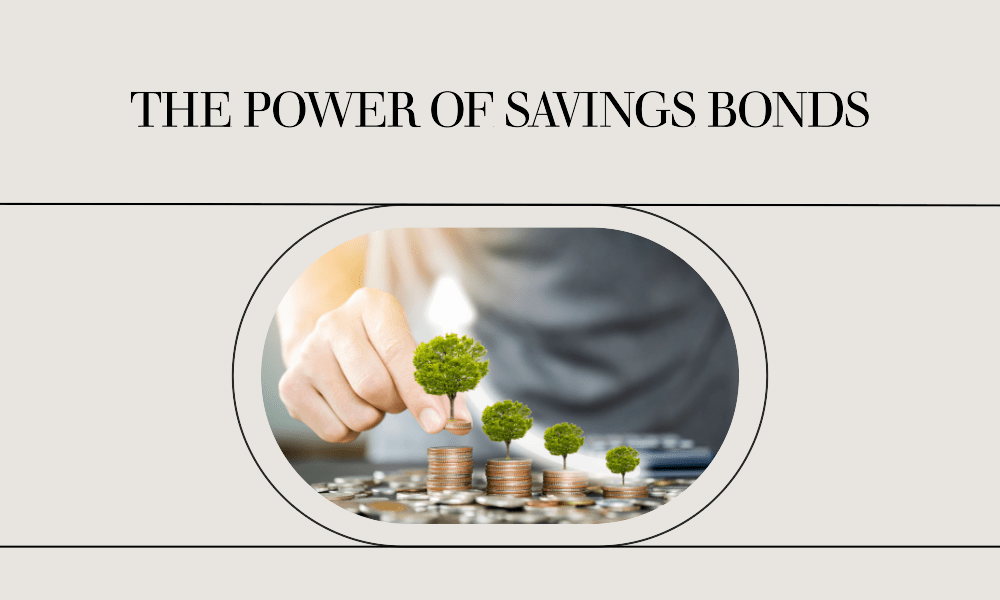How Much is a $1,000 Savings Bond Worth After 30 Years

United States savings bonds have long been a popular way for individuals to save and invest money. They are considered very safe because they are backed by the full faith and credit of the U.S. government. One common question that arises is how much a savings bond will be worth after a certain period, such as 30 years. In this article, we’ll discuss the potential value of a $1,000 savings bond after 30 years.
Understanding Savings Bonds
Before we delve into the value of a $1,000 savings bond after 30 years, it’s important to understand what savings bonds are. Savings bonds are debt securities issued by the U.S. Department of the Treasury. When you buy a savings bond, you are essentially lending money to the government, which it then uses to fund its operations. In return, the government pays interest over time.
There are two types of savings bonds currently available for purchase: Series EE bonds and Series I bonds.
Series EE Bonds
Series EE bonds are sold at face value, meaning if you buy a $1,000 EE bond, you pay $1,000. They have a fixed rate of interest, which is set when you buy the bond. The U.S. Treasury guarantees that EE bonds will double in value after 20 years, providing an effective interest rate of 3.5% if held for this initial 20 year period. If the bond hasn’t reached face value after 20 years, a one-time adjustment is made to make up the difference.
For bonds held beyond the initial 20 years, the interest rate may change depending on the terms of the bond and the prevailing rates at the time. The bonds continue earning interest until they reach 30 years, at which point they are mature and stop earning interest.
So, a $1,000 Series EE savings bond held for 30 years could be worth $2,000 or more, depending on the interest rate set after the initial 20 years.
Series I Bonds
Series I bonds are also sold at face value, and their total return is based on both a fixed rate and an inflation rate. The fixed rate, once set at the time of purchase, remains the same throughout the life of the bond. The inflation rate, however, is adjusted every six months based on changes in the Consumer Price Index for Urban Consumers (CPI-U).
Therefore, the value of a $1,000 Series I savings bond after 30 years can vary significantly based on inflation rates over that period. If inflation were to average 2% per year, for example, a $1,000 Series I bond could be worth approximately $1,800 after 30 years.
Conclusion
The value of a $1,000 savings bond after 30 years can vary depending on the type of bond and the interest and inflation rates over that period. While Series EE bonds will be worth at least $2,000 after 30 years, the value of Series I bonds can fluctuate based on changes in inflation. It’s important to consider these factors and consult with a financial advisor when investing in savings bonds. Also, keep in mind that savings bonds are subject to federal income tax, but not state or local income tax, which could impact the net return on your investment.










